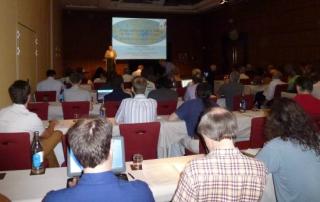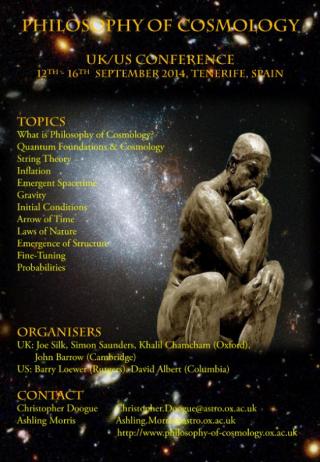
Este físico teórico presentó su original idea en el congreso Phylosophy of Cosmology celebrado en Tenerife
Advertised on
This section includes scientific and technological news from the IAC and its Observatories, as well as press releases on scientific and technological results, astronomical events, educational projects, outreach activities and institutional events.




